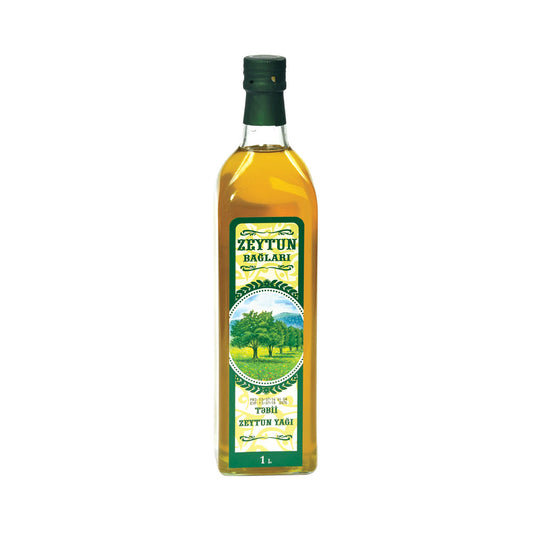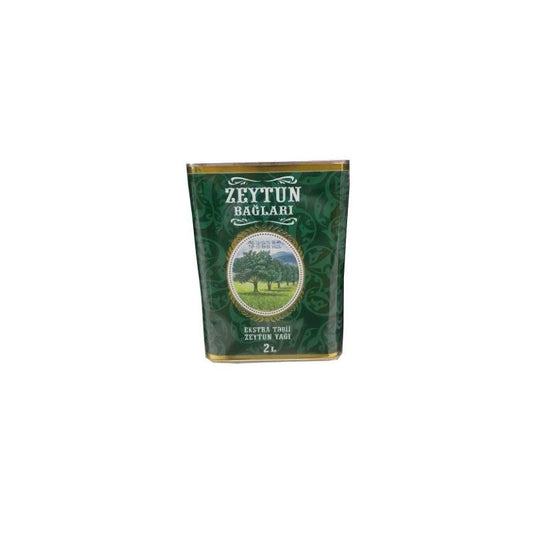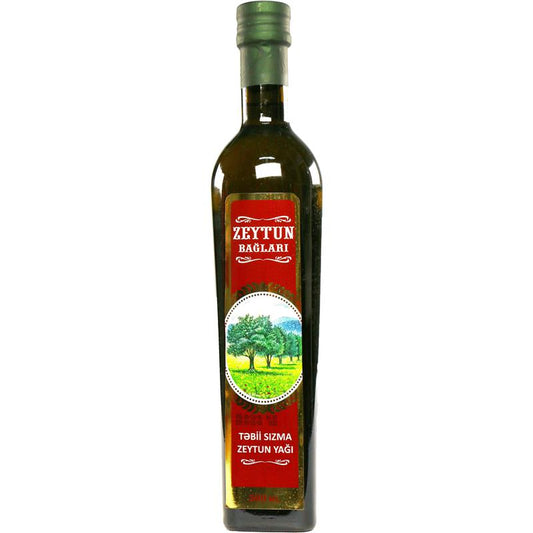Adding flavor to our food, olive oil is an indispensable part of the kitchen. The secret of many delicious and high-quality dishes is actually made possible by natural and properly used olive oil. Well, if you're wondering if there's a way to enhance that flavor even more, you should definitely read these tips we've compiled for you!
Especially in recent years, with the influence of external factors and changing production styles, more organic foods are preferred, and experts direct the consumer to the healthiest. Like olive oil! If you're looking for answers to questions like how to test real olive oil, what color real olive oil is, and tips on how to spot good olive oil at a glance, this article is for you!
Golden tips to distinguish real olive oil !
Read the label information: Organic olive oil will often have a detailed label with information about the natural production methods and ingredients used. Labels with information on production methods and sources are a reliable indicator of organic olive oil.
Cultivation method: Organic olive oil is obtained from olives grown without the use of pesticides, chemical fertilizers and synthetic drugs.
Soil and water quality: Organic farming methods aim to preserve soil and water quality. Look for certification or documentation showing that farms producing organic olive oil have conservation practices.
Color and turbidity: Organic olive oil is usually yellowish green or golden yellow in color. Turbidity can be a natural characteristic of organic olive oil. Thus, you can observe that organic olive oil is not homogeneous.
Odorless: Organic olive oil should have a fresh and fruity smell. If the olive oil is odorless or has a faint smell, there may be suspicions that it is not natural.
Taste: Organic olive oil should have a slightly fruity and pleasant taste. If the olive oil has a neutral or bland flavor, it is less likely to be organic.
Cold pressed or extra virgin olive oil: Organic olive oils are usually obtained by cold pressed or extra virgin methods. These methods allow the olive to be crushed mechanically and the oil to break down naturally. You can identify organic olive oil by looking for the words "cold pressed" or "extra virgin" on the label.
Place of production: Organic olive oil must come from regions where it is produced according to organic farming standards. The presence of information on the place of production on the product label increases the credibility of organic olive oil.
Producer trust: Buying products from producers with organic certifications and a good reputation for organic production is the most reliable way to buy natural olive oil. It is important to apply products of reliable and well-known manufacturers.

 Choose the one closest to your address
Choose the one closest to your address


